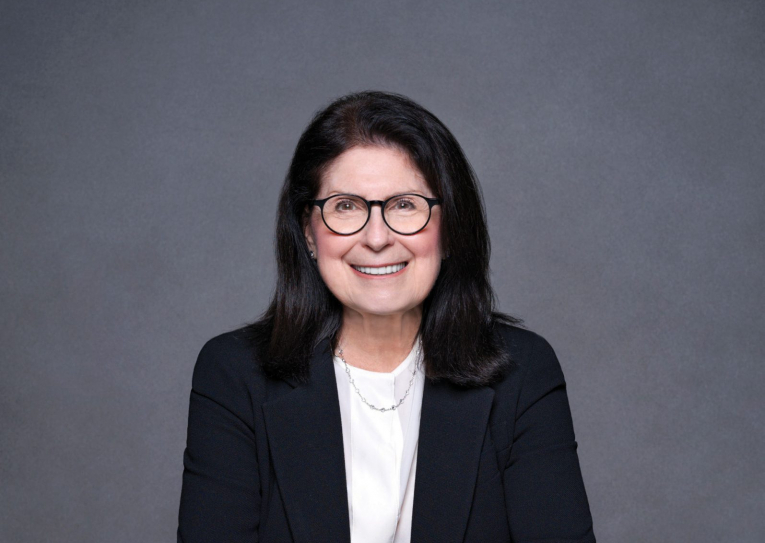It's no secret that climate change has caused extreme weather and record-shattering heatwaves around the world. This past month, Europe experienced its hottest month on record ever. In France, hydration breaks were required during the Women's World Cup and more than 4,000 schools were forced to close. In the U.S., temperatures in Anchorage, AK soared above 90 degrees Fahrenheit, more than 20 degrees above normal; and San Francisco reached a high of 100 degrees, more than 30 degrees above average.
However, climate change is not the only factor making cities hotter. The last century of urban planning and design has turned cities into ovens. Urban growth driven by the rapid adoption of automobiles has led to cities with increasing dark impermeable surfaces such as parking lots, asphalt streets and rooftops with far less green space and trees.
To adapt to the realities of climate change, we need to build our cities like we did in the past – moving towards a climate-responsive urban design, centered on people. Thankfully, there are proven, cost-effective solutions to mitigate the impact of high heat. We know what works: We can reduce the impact of heat by providing more shade, adding greenery and water, lightening the color of surfaces, and adapting building design.
Shade is critical for human comfort outdoors. New research suggests covering blocks with 40% tree canopy coverage can lower temperatures by as much as 10 degrees Fahrenheit. Cities from London to New York, to Milan are working to plant trees and create new parks, green roofs, and vertical green walls to cool their cities. Nashville, TN, one of the fastest growing cities in the U.S., launched the Root Nashville campaign last year to plant 500,000 trees across the city, with a focus on neighborhoods with higher than average temperatures and high concentrations of vulnerable populations.
In addition to greenery, water can also be a critical component of cooling strategies for cities. Public water feature like fountains can help heat-stressed urban residents cool off and rehydrate.
Cities must also strategically use their public right of way, which can represent up to 30-35% of total land area in cities, to decrease the heat absorption of dark surfaces. Los Angeles is piloting the use of reflective coatings to increase the solar reflectance of its streets. This can reduce surface temperatures by up to 16 degrees.
In L.A., parking occupies more than 17 million square meters of land, as much as nearly 1,400 soccer fields. Many of the surface parking lots could also be coated to lower temperatures.
As more people flock to cities, we need to adapt to the realities of a changing climate. Their lives and our future depends on it.




